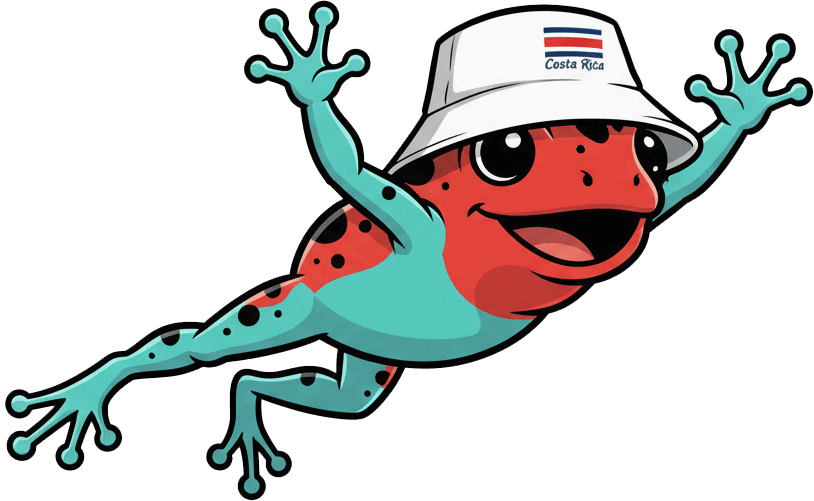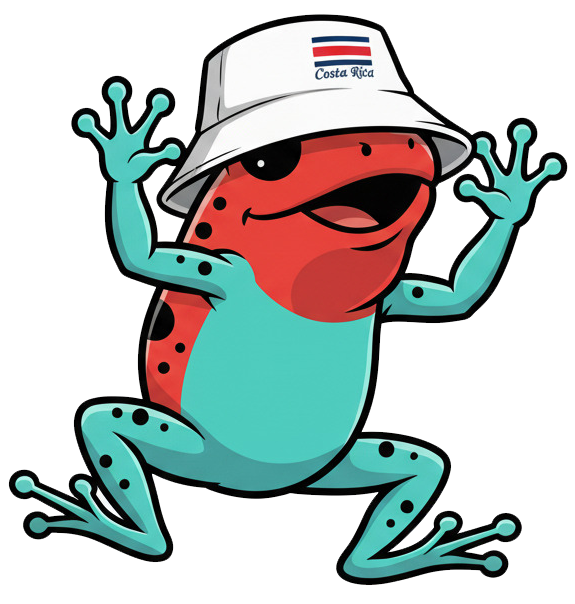Costa Rica is a small country with a rich indigenous history. The first people to live in Costa Rica were hunters and gatherers who arrived about 10,000 years ago. Over time, these groups developed into distinct cultures, each with its own language, customs, and traditions.
The arrival of the Spanish in the 16th century had a profound impact on Costa Rica’s indigenous peoples. Many were killed or enslaved, and their cultures were suppressed. However, some groups managed to survive and continue to live in Costa Rica today.
There are currently eight recognized indigenous groups in Costa Rica: the Bribri, Cabécar, Boruca, Chorotega, Guaymí, Maleku, Ngäbe, and Teribe. These groups live in different parts of the country, and each has its own unique culture.
History
The first people to live in Costa Rica were hunters and gatherers who arrived about 10,000 years ago. These groups were nomadic and lived in small bands. They hunted animals, gathered fruits and vegetables, and fished.
Over time, these groups developed into distinct cultures, each with its own language, customs, and traditions. Some of the most important pre-Columbian cultures in Costa Rica include the Nicoya, the Diquís, and the Chorotega.
The Nicoya culture was located in the northwest corner of Costa Rica. This culture was known for its sophisticated ceramics, which were often decorated with geometric designs. The Diquís culture was located in the southern part of Costa Rica. This culture was known for its large stone spheres, which are still found in the region today. The Chorotega culture was located in the central part of Costa Rica. This culture was known for its elaborate temples and ball courts.
The arrival of the Spanish in the 16th century had a profound impact on Costa Rica’s indigenous peoples. Many were killed or enslaved, and their cultures were suppressed. However, some groups managed to survive and continue to live in Costa Rica today.
Culture
The eight indigenous groups in Costa Rica today each have their own unique culture. Some of the most important aspects of these cultures include their language, religion, art, and music.
The Bribri, Cabécar, and Boruca groups speak Chibchan languages. The Chorotega, Guaymí, Maleku, Ngäbe, and Teribe groups speak Mesoamerican languages.
The indigenous peoples of Costa Rica are predominantly Christian. However, they also practice traditional religious beliefs, such as animism and shamanism.
The indigenous peoples of Costa Rica are known for their beautiful art and music. They create a variety of objects, such as ceramics, textiles, and jewelry. They also play a variety of instruments, such as drums, flutes, and guitars.
Present Day
Today, the indigenous peoples of Costa Rica make up about 2% of the country’s population. They live in different parts of the country, and each group has its own territory.
The indigenous peoples of Costa Rica are facing a number of challenges, including poverty, discrimination, and environmental degradation. However, they are also working to preserve their culture and traditions.
FAQ
1. What are the eight indigenous groups in Costa Rica?
The eight indigenous groups in Costa Rica are the Bribri, Cabécar, Boruca, Chorotega, Guaymí, Maleku, Ngäbe, and Teribe.
2. What are the most important aspects of the indigenous cultures of Costa Rica?
The most important aspects of the indigenous cultures of Costa Rica include their language, religion, art, and music.
3. What are some of the challenges facing the indigenous peoples of Costa Rica?
The indigenous peoples of Costa Rica are facing a number of challenges, including poverty, discrimination, and environmental degradation.
4. What are some of the things that the indigenous peoples of Costa Rica are doing to preserve their culture and traditions?
The indigenous peoples of Costa Rica are working to preserve their culture and traditions by teaching their children their language, practicing their traditional religious beliefs, and creating and performing traditional art and music.
The indigenous peoples of Costa Rica have a rich and vibrant culture that has been shaped by thousands of years of history. These groups are facing a number of challenges, but they are also working to preserve their culture and traditions. By learning about the indigenous peoples of Costa Rica, we can gain a deeper understanding of the country’s rich history and culture.


